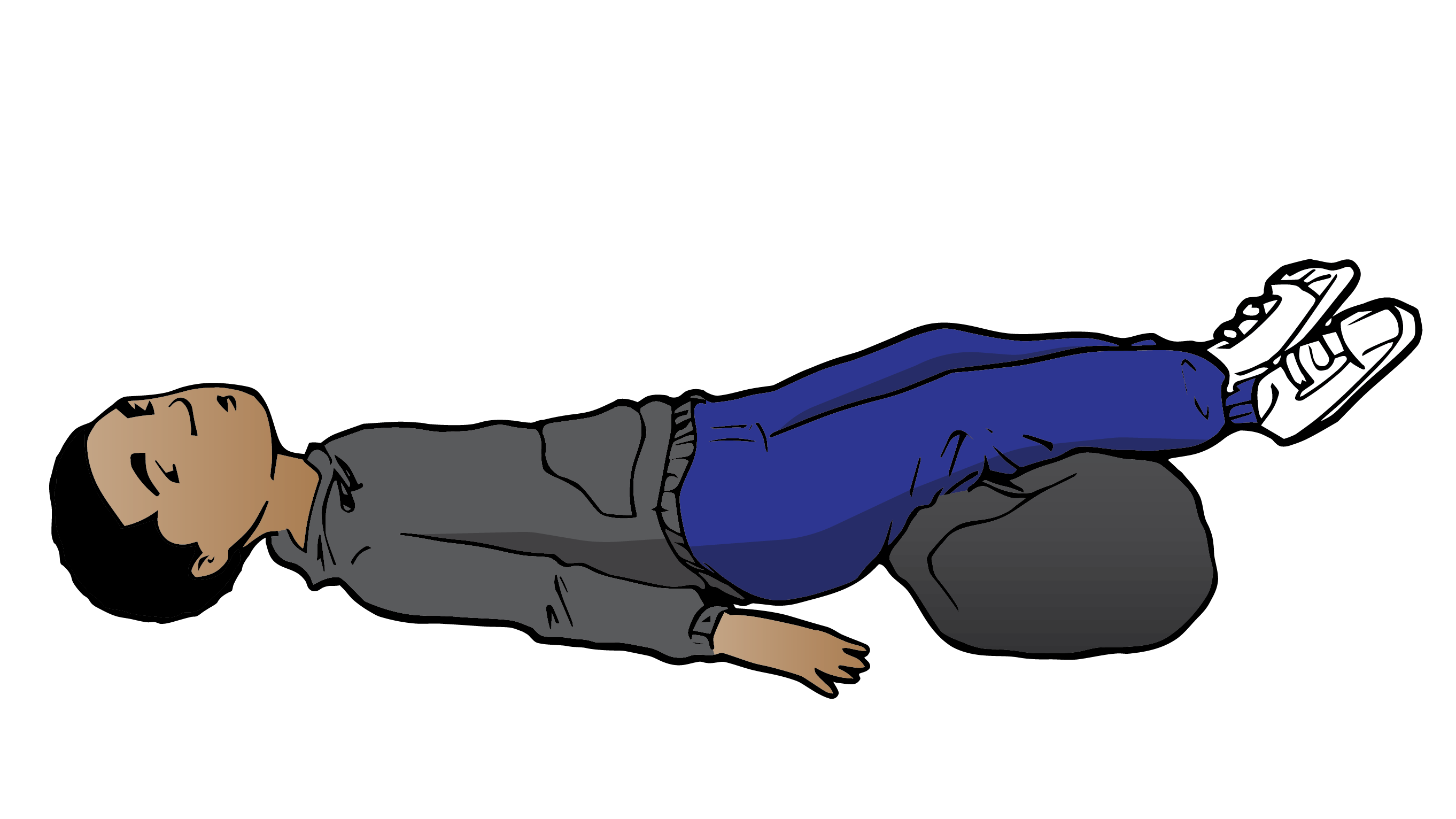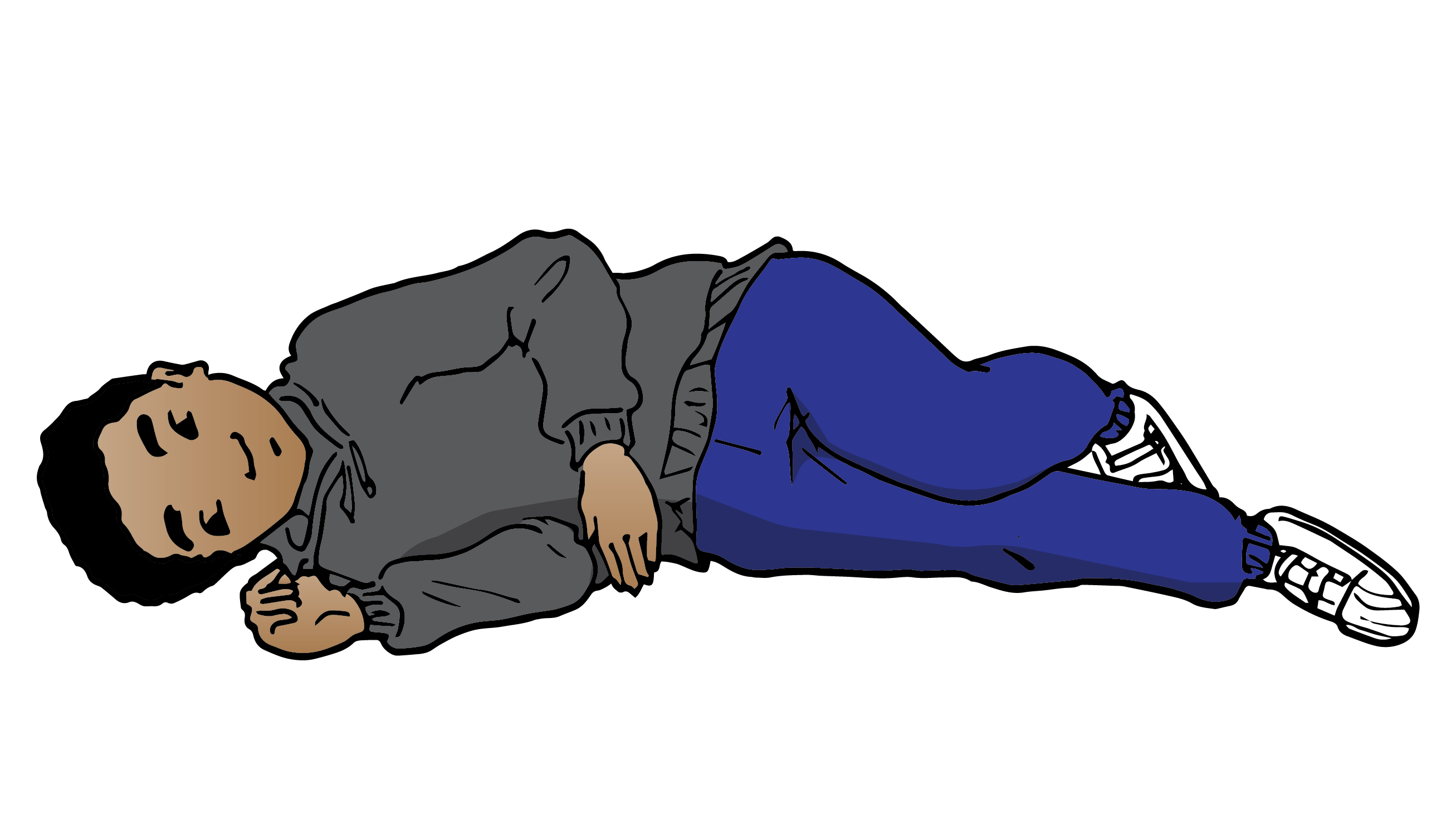- If you have been diagnosed with a food allergy, your doctor or allergist will prescribe an epinephrine auto-injector.
- Epinephrine is the drug form of a hormone (adrenaline) that the body produces on its own. It is the only drug that can reverse symptoms of anaphylaxis. Epinephrine rarely causes harm, even if given when not needed.
- There are two types of auto-injectors in Canada: EpiPen® and ALLERJECT®.
- You can buy an auto-injector without a prescription in Canada.
Check out these two videos!
If someone is having an anaphylactic reaction, follow these 5 emergency steps:
- Give epinephrine (e.g. EpiPen®, ALLERJECT®) at the first sign of a known or suspected anaphylactic reaction.
- Call 9-1-1 or your local emergency medical services and tell them that someone is having an anaphylactic reaction.
- Give a second dose of epinephrine as early as 5 minutes after the first dose if there is no improvement in symptoms.
- Go to the nearest hospital right away (ideally by ambulance), even if symptoms are mild or have stopped. The reaction could get worse or come back.
- Call emergency contact persons (e.g., parent, guardian, spouse).
Don’t delay in giving epinephrine! That’s one of the most common mistakes people make during anaphylactic reactions. Epinephrine is safe, and it can save a life. Don’t hesitate to use it.
Body position
There are different body positions to consider:
When giving epinephrine, have the person sit or lie down. If having trouble breathing, they may prefer to sit.

After giving epinephrine, place the person on their back (if not already lying down) with their legs raised.
If the person has trouble breathing, they may prefer to stay sitting up.

If they feel sick or are vomiting, place them on their side. If unconscious, they should also be placed on their side.
During a reaction…If the person is lying down, do not have them sit up or stand suddenly during an anaphylactic reaction, even after receiving epinephrine. Sudden changes of position can be life-threatening.
- You are a role model for your child. As your child grows and learns to carry their own auto-injector, they will remember your example. Learn more.
- Visit our emergency information page for 6 key points about emergency treatment from Canadian allergists.
- Emergency information page


